flushcut
TreeHouser
I will usually do a stage two if I am not grinding like Cory said about chain sharpness.













 .... Yet another one of the Ten Thousand things that I don't think of when I drink copious ammounts of beer and shoot my mouth off around here.
.... Yet another one of the Ten Thousand things that I don't think of when I drink copious ammounts of beer and shoot my mouth off around here. Jed, my friend.
Jed, my friend.Low stumps are always better.
With an avatar like that, you're allowed to shoot your mouth off all you want

No they are not, Jed, and you know it.
Hazard tree felling, when the faller wants to be able to get away from the nasty deteriorated bastard as fast and nimbly as possible...smart move is to cut standing straight up, so you can most easily rabbit out of there at the first sign that things are getting too sketchy. Much easier to keep one eye on what the top is doing from an upright position as well.
Now I know that 8 out of 10 of every tree I have ever felled was in this category to some degree or another, per my job description, so maybe I'm hyper-aware of this...but I'll bet any of you folks in the arb scene understand it, too.

 ) to rely on the same excuse with a power saw (remember, I'm excluding hazard-falling situations) is in my opinion just pure laziness.
) to rely on the same excuse with a power saw (remember, I'm excluding hazard-falling situations) is in my opinion just pure laziness.
Sean/Kyle: Sure. But those things are all what my, "other things being equal," proviso was supposed to eliminate.
Burnham: Well now... that is a real difference of opinion, and rather manfully expressed. And yet it smacks more of the argumentum ad baculum than the more cogent refutations that we have all come to respect from you. Care to redress the matter? Of course, if it's not worth your energy, I completely understand. Life is short.
 . I mean...hell, you are so off the mark here it hardly needs elaboration on my part, after all
. I mean...hell, you are so off the mark here it hardly needs elaboration on my part, after all  .
.Jed, i could take a camera, go outside on my property and find you a bunch of "young" trees with root flare.
Where you get the idea, that it only occurs in mature trees, I don't know.
